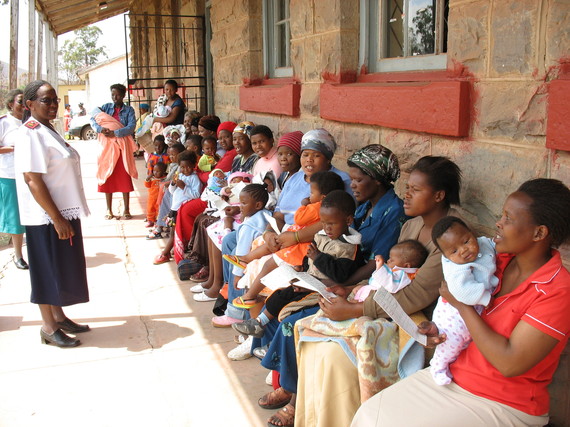It's not often that we hear that a disease or condition has been "eliminated" -- but that's what the World Health Organization announced a couple of weeks back when they confirmed that Cuba was the first country to be certified as having achieved this remarkable goal. Cuba's achievement was built on two decades of stringent, highly regulated -- and somewhat controversial -- early policies that kept the overall number of HIV-infected people in that country low. In the U.S., while overall rates of HIV infection in newborns are extremely low, there is a 100-fold difference in infection rates between white and African-American newborns. Because it's not technically possible, with existing treatments, to stop all transmission of HIV from mother to infant -- whether in the womb or through breastfeeding -- "elimination" of HIV means that infection of infants by their mothers occurs at ultra-low levels (less than 50 per 100,000 births).
A bigger battle against HIV is happening in many countries with much greater burdens of HIV infection than Cuba's -- and they are also making progress towards the goal of "elimination" of mother-to-child HIV infection. In 2001, half a million infants worldwide were being infected with HIV each year; a decade later, that yearly number had reduced by more than 60 percent . A country with the highest burden of HIV in the world -- South Africa -- has arguably made the most progress of all. A new report describing South Africa's journey to cutting mother to child HIV infections by over 90 percent will be released this week at the International AIDS Society meeting in Vancouver. The report tracks South Africa's remarkable transition -- from an initial angry government denial and reluctant launch of a poorly implemented national treatment program for HIV infected mothers in 2002 -- to today's government-run highly reliable program throughout the country's public-sector care network. Driven by a change in political will, more effective drug combinations, and modern quality improvement designs of care, South Africa and a number of African countries are poised to be next up for "elimination" of HIV transmission from mother to infant.
